Nothing prepares you for seeing your first wolves in person. Even though @elizabeth__bruno and I were at a safe distance, looking through our viewfinder in an enclosed wildlife park, we couldn’t help but admire the beauty and power of these incredible creatures!
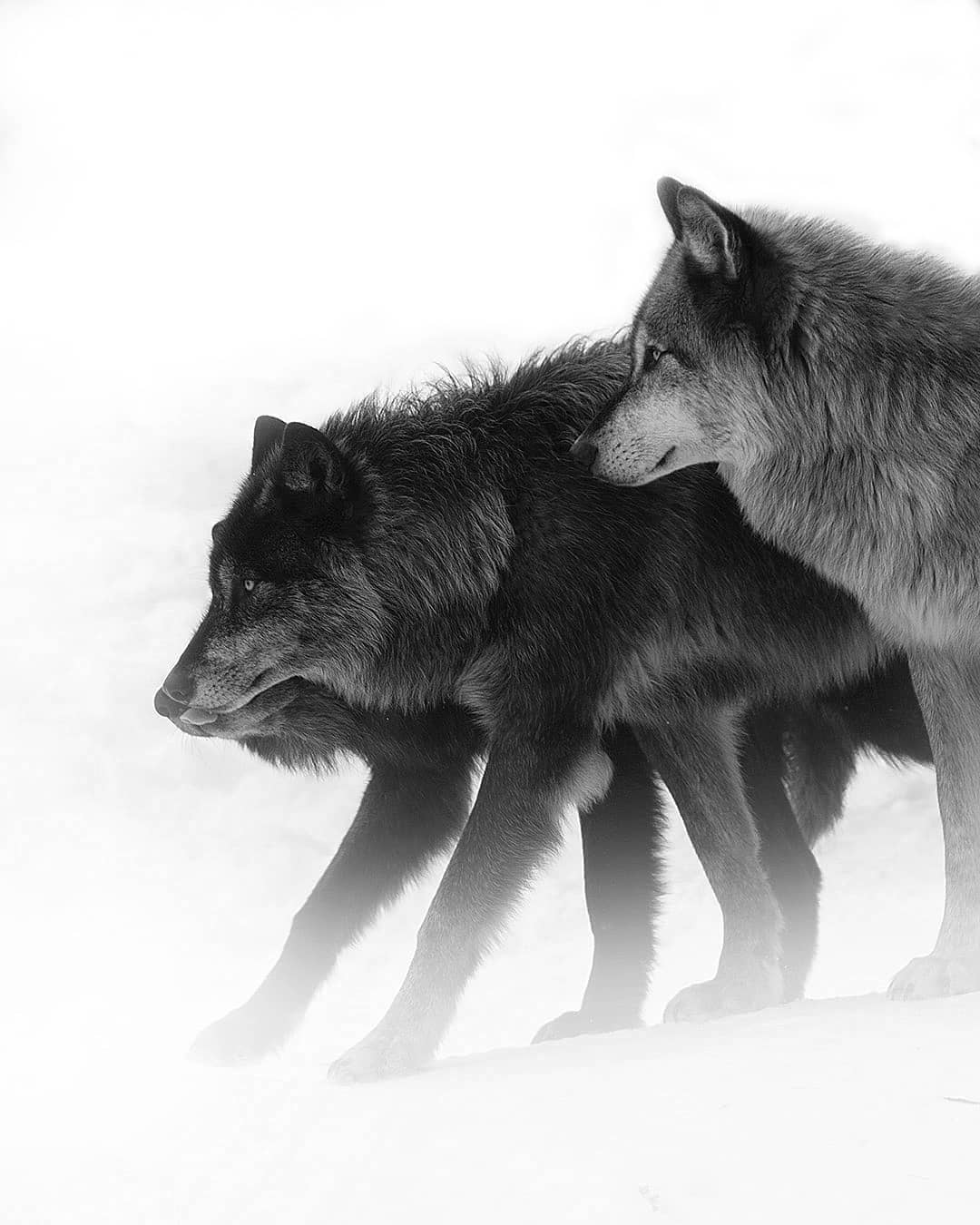
This pack of black wolves (a melanistic colour variant of gray wolves) may look menacing in this photo, but they were in fact casually walking along the forest edge. Wolves are probably an animal every wildlife photographer dreams about photographing, and photographing them in a purely wild setting is extremely difficult due to their stealthy nature as well as their small numbers from habitat loss and hunting. One thing is certain as you observe them, they are not the blood thirsty killers they are often portrayed as. Wild wolf attacks are extremely rare, and attacks leading to death are rarer still. As with all wildlife, we need to respect them, understand their needs (food and habitat) and give them space to be wild.
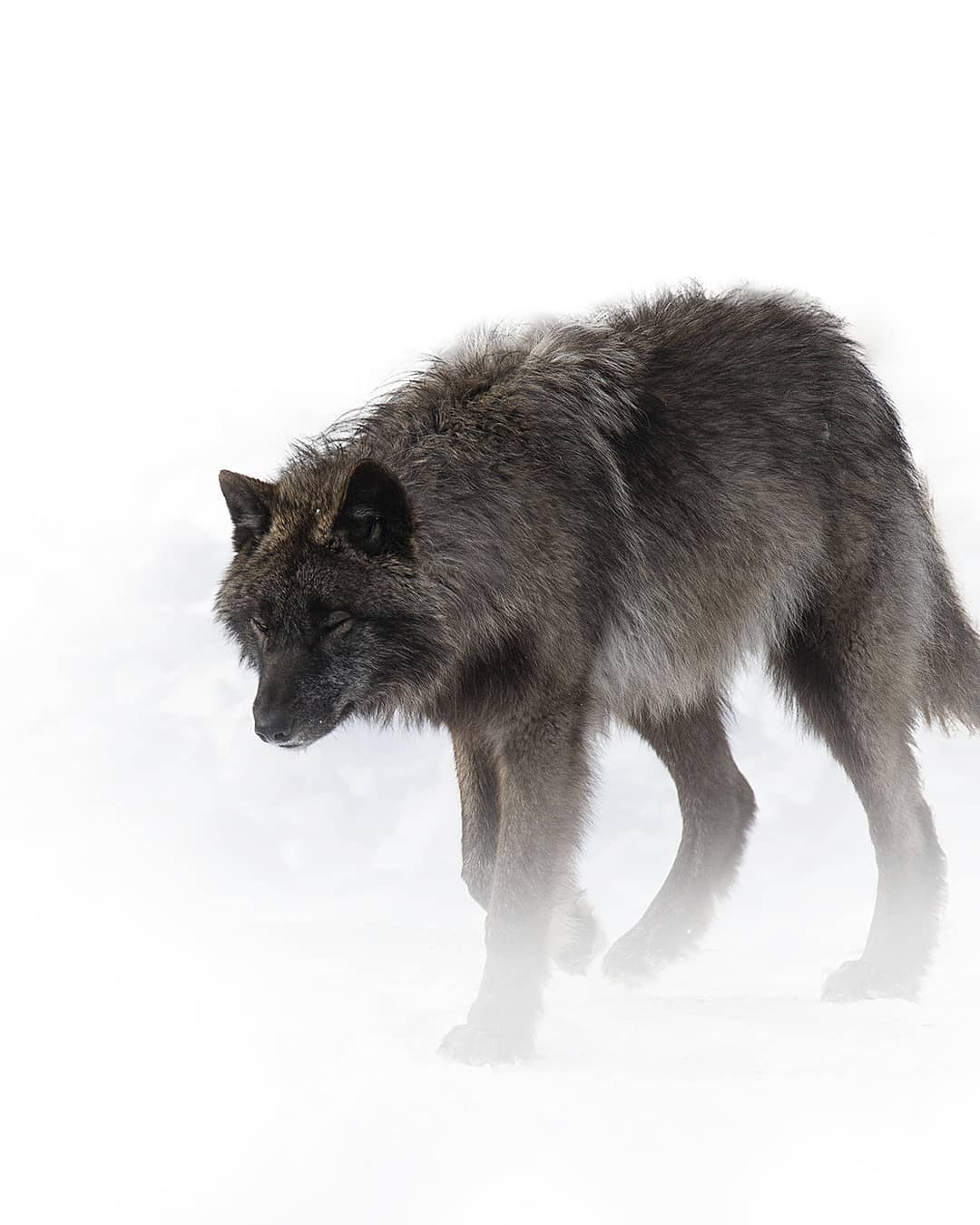
Interestingly nearly half of North American wolves have black coats, while European wolves are overwhelmingly grey or white. This fascinated a team of biologists and molecular geneticists from Stanford University, UCLA, Sweden, Canada, and Italy. They analyzed the DNA sequences of 150 wolves in Yellowstone National Park (half of the wolves sampled were black-coated). They found that the wolves with black coats shared the same variant of a gene found in domesticated dogs. This led them to hypothesize that sometime in the past, domestic dogs (or wolf-dog hybrids) may have crossbred with wild wolves. One thing is for sure: a black wolf’s coat is gorgeous. I decided to not make this photo black and white in order to really show the beautiful subtleties in colour. In my next post, I will focus on the more commonly coloured gray wolves, and their social pack structures.
Interestingly nearly half of North American wolves have black coats, while European wolves are overwhelmingly grey or white.
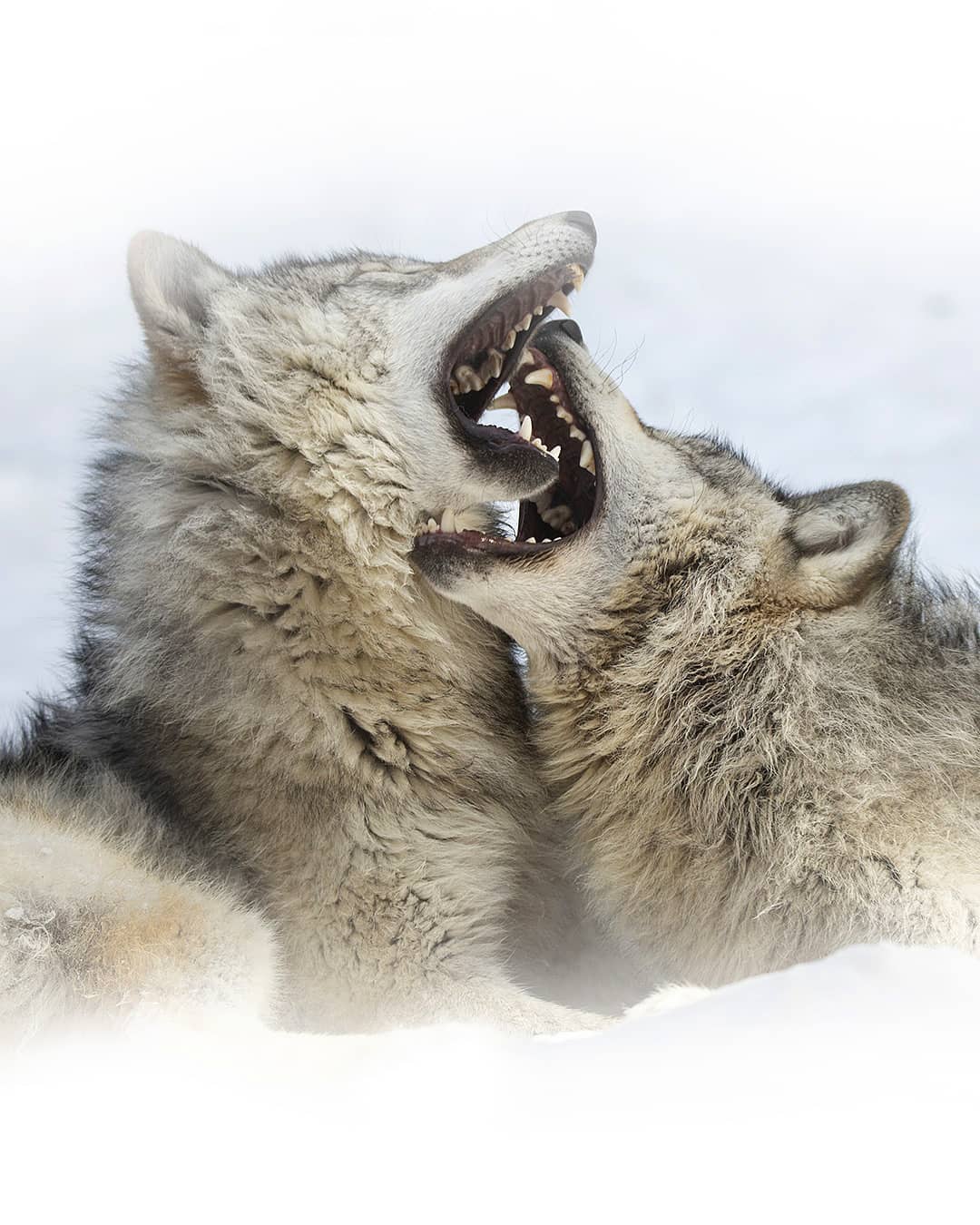
Wolves are highly social animals, and grey wolves are no exception. They live and hunt in highly hierarchical packs. These packs are essentially families consisting of an alpha male and female, along with their offspring. A typical wolf pack consists of 3 – 20 wolves. The alphas are the only members of the pack that breed and raise pups. They also get first dibs on kills made by the pack. The younger wolves can move up or down the pecking order as the years go by, but by 10–54 months they typically break off from the pack and disperse. Some of these wolves will stay in the vicinity of their former pack, while others may travel very far (206 – 670 km). A new pack is usually formed when a lone male and female, traveling together, find an area not controlled by other hostile packs.
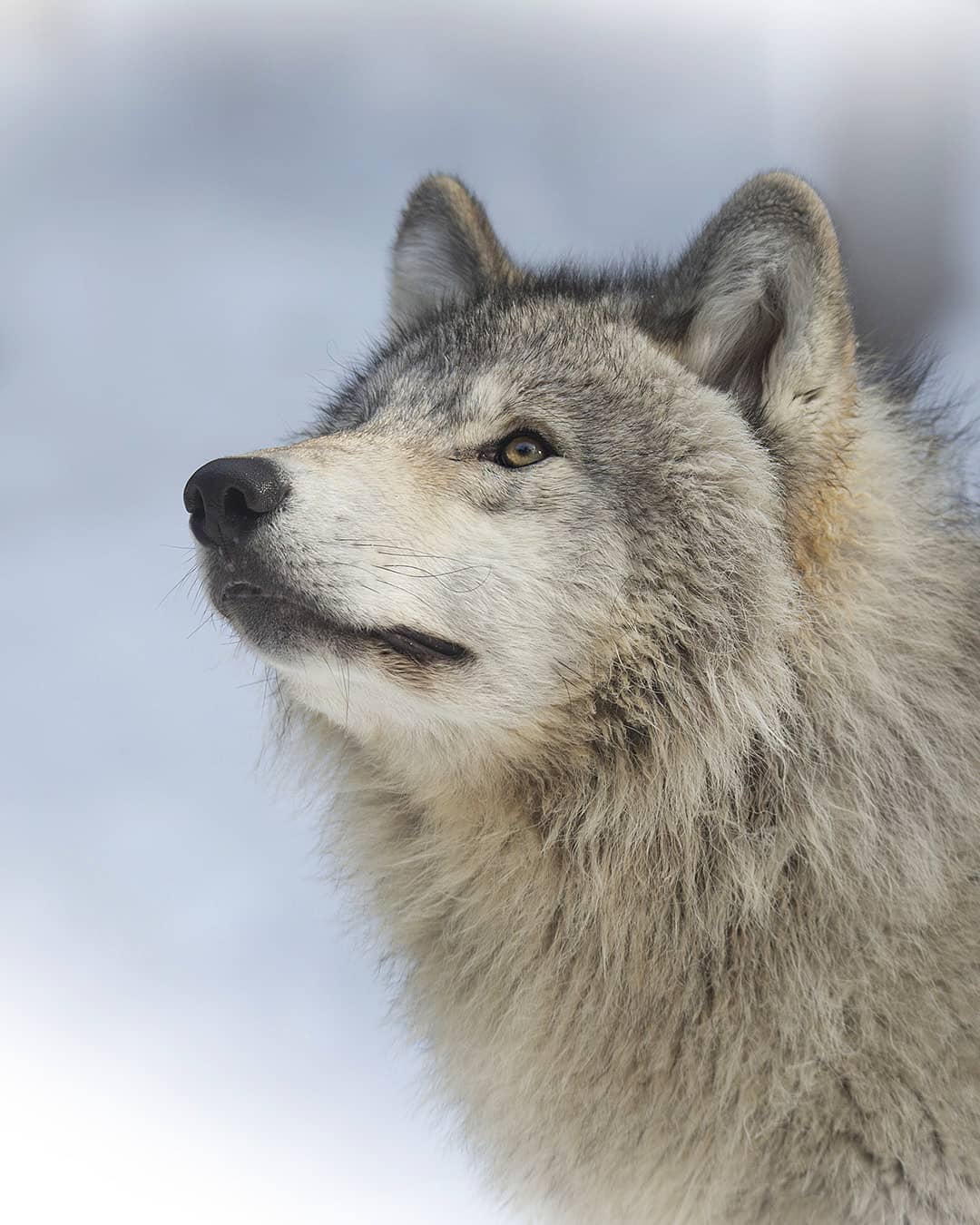
It was amazing to see just how dense and fluffy the fur on gray wolves is during winter months. They have short underfur for providing warmth, and longer, courser guard hairs for protection. This winter coat is very resistant to the cold, allowing wolves to withstand −40°C temperatures. Wolf fur is better at protecting them from the cold than dog fur. Additionally ice does not build up on it from the condensation of their warm breath. Their coat is not uniform across their body. There are distinct areas that have longer hairs, for example the shoulders and cheeks (which form tufts). Conversely there are shorter hairs, such as are found on their ears, and limbs. Each spring most of the wolf’s underfur is shed, along with some of the guard hairs. Their winter coat will once again fill in the following autumn.
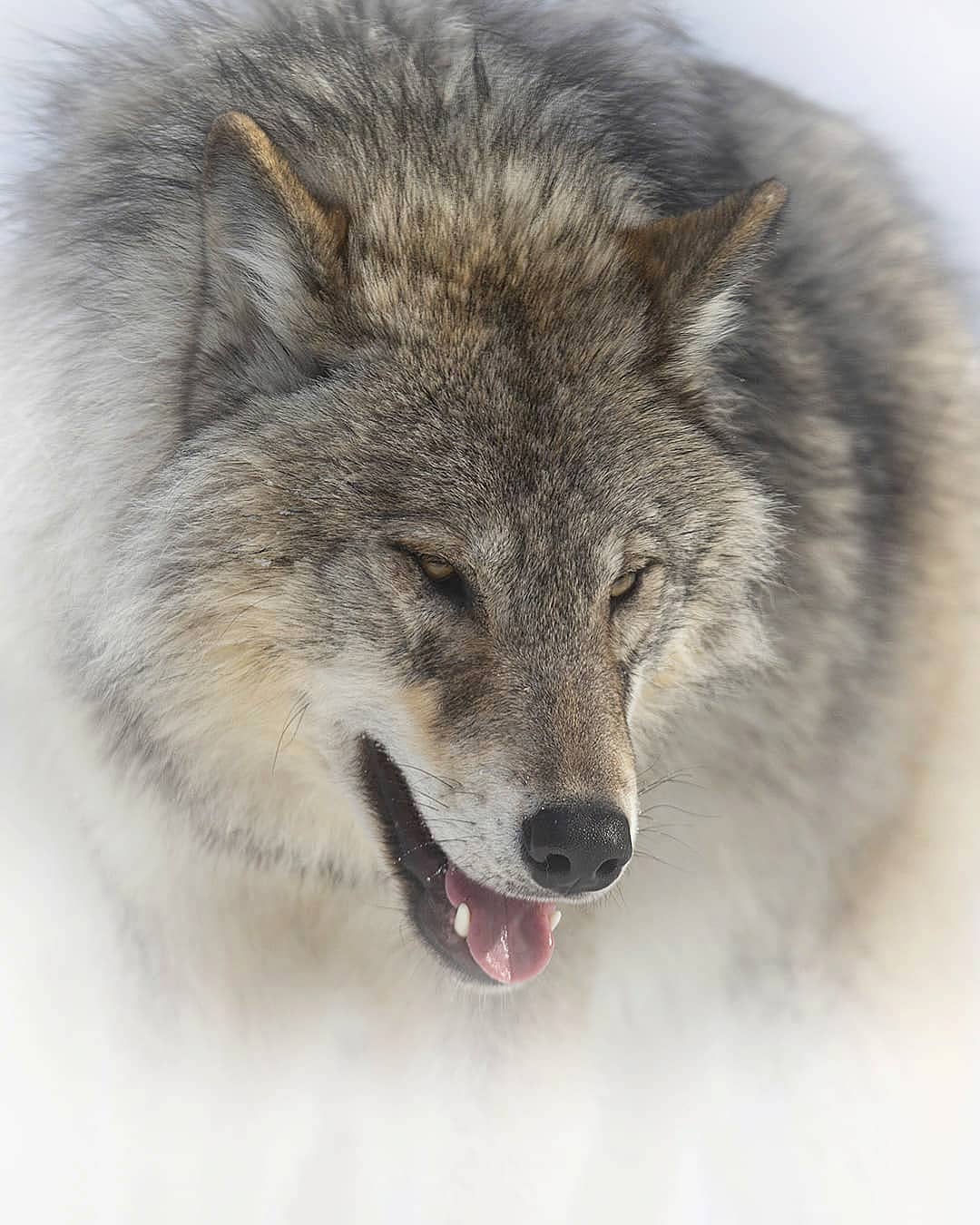
A grey wolf is smaller and less powerful than a mountain lion, but what they lack in size, they make up for in strategy and teamwork. Because of this, wolves can take on prey much larger than themselves: elk, caribou, deer, bison and even moose! Each member of the pack has a specific role while hunting that will depend on their age, gender, and ranking within the pack. While other predators will sneak up and ambush their pray, wolves often have a much slower, calculated approach. They may start following a herd of prey for a few days, assessing if there are any easy targets (young or injured).
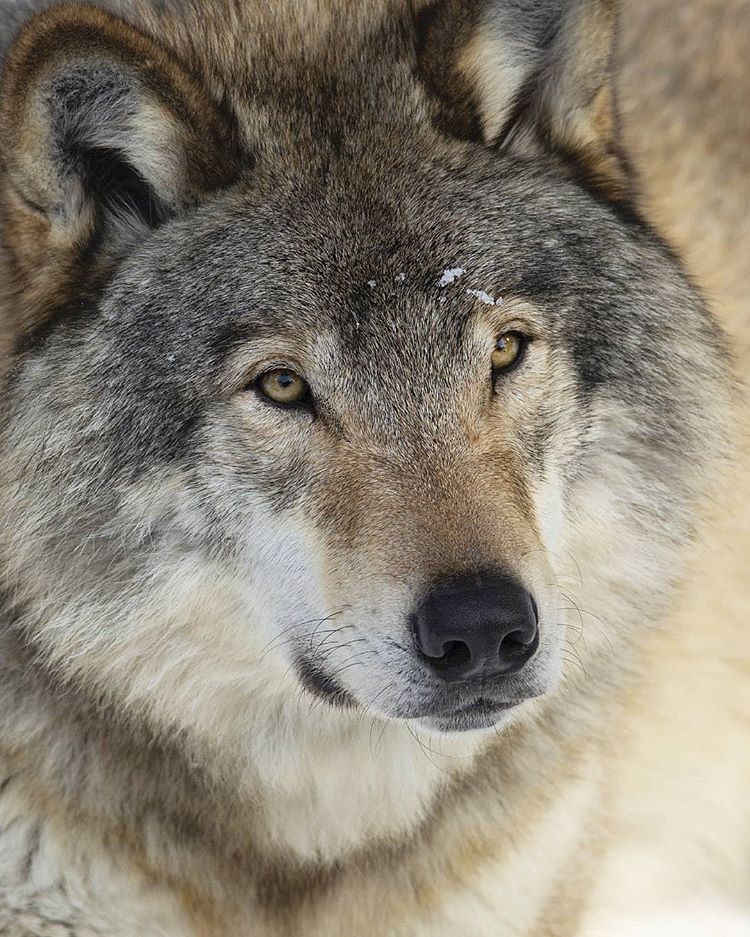
They also will take into account additional factors such as the weather or terrain, all of which can either tip the odds of success in favour of the wolf or its prey. Wolves also have the intelligence and coordination to capitalize on sudden changes to their hunt situation. For example, if they are chasing a young elk, and a bull adult falls, they may shift their focus on the larger prey. Having said all this, it’s important to keep in mind that while apex predators are strong and powerful, life isn’t all that easy for them. Most hunts that a wolf undertakes will fail. In fact, only 3-14% of wolf chases end in success. There is also the very real possibility of a serious injury caused from a hoof of a moose, elk or bison.
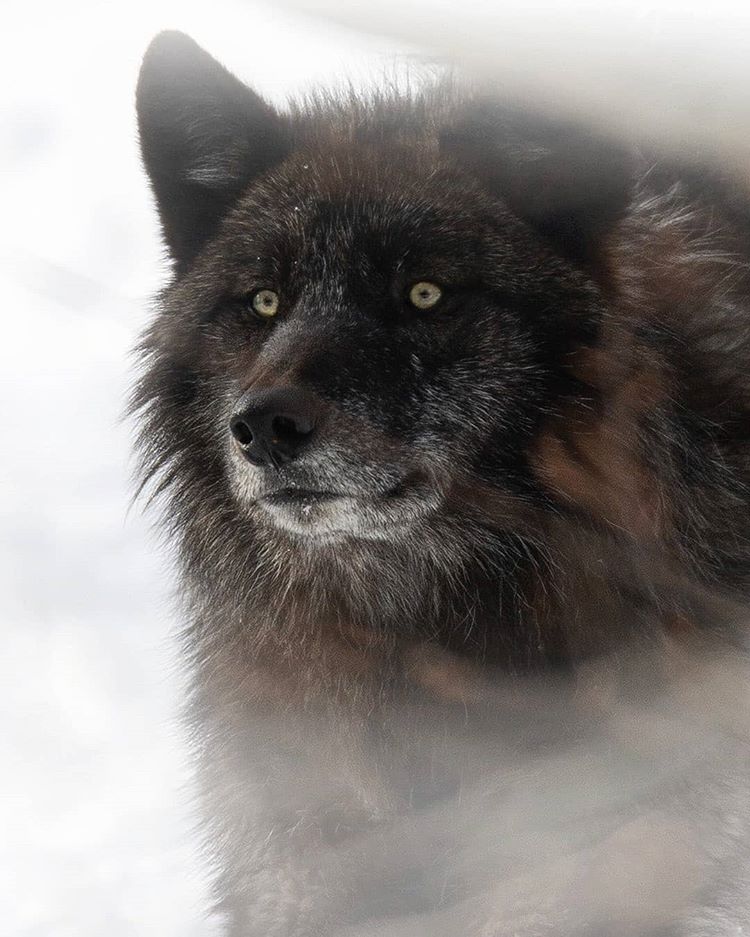
A post on wolves wouldn’t be complete without talking about howling. Wolves howl for a variety of reasons, each of which has it’s own distinct tonal qualities. They howl to gather the pack together before or after hunting, to locate each other if they have gotten split up, and to communicate with each other over large distances. In fact, if the conditions are ideal, wolf howls can be heard up to 130 km away! One of the most fascinating things I’ve recently learned is that when wolf packs howl together, they don’t all howl the name note. Just like a choir, each wolf will harmonize with the other wolves in their pack. This resonance creates the illusion of there being a larger number of wolves in their pack.
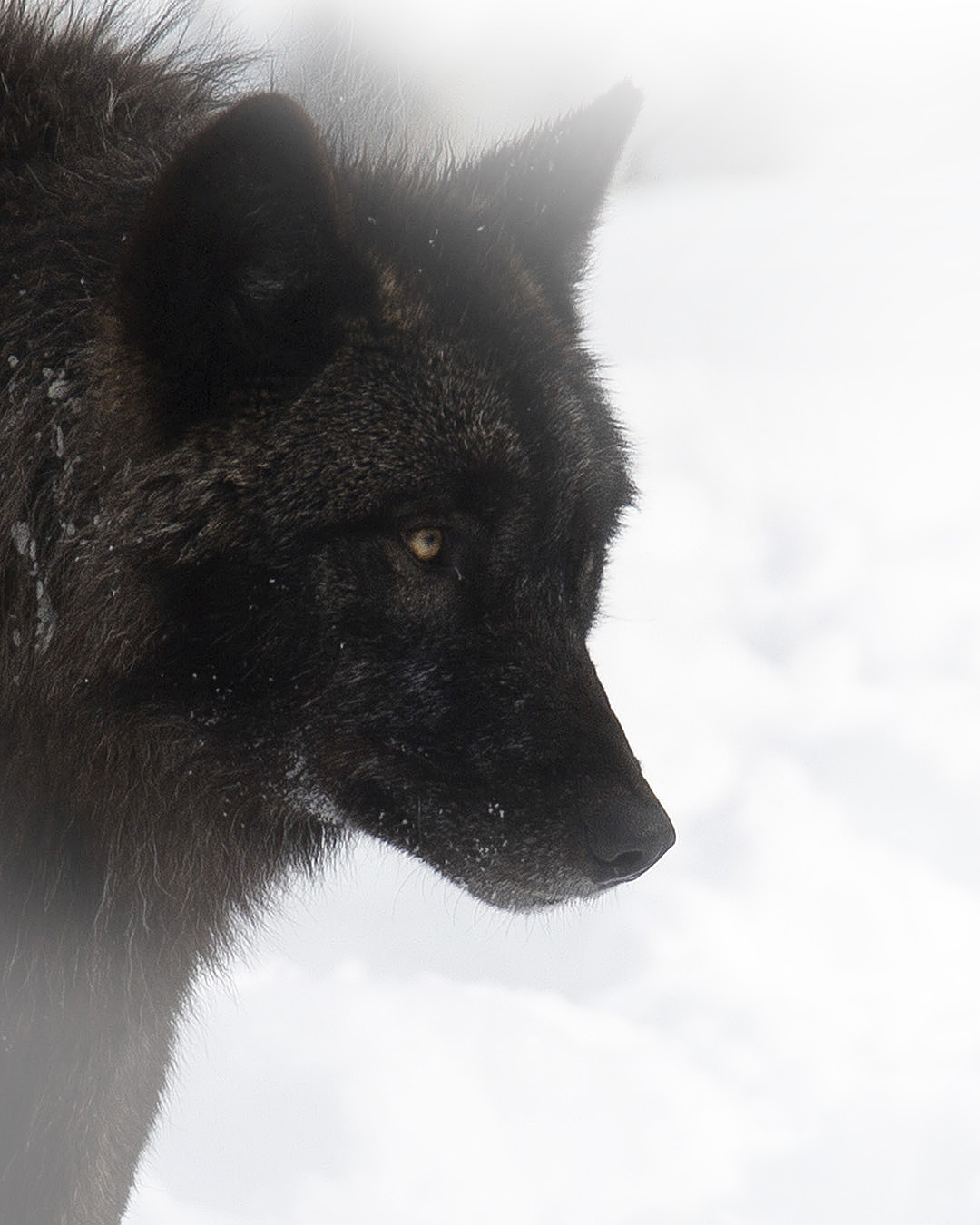
I think I’m going to end the post here. I really hope you have enjoyed it as much as I have! Wolves easily capture our imagination with their elusive nature, physical beauty and keen intellect. When I look into the eyes of this top predator, I see incredibly strength, yet also vulnerability. I’m thankful for places like Parc Omega, where people can learn about animals like wolves up close, gain a greater appreciation for them, and do our part to protect their wild habitat.
Let me know in the comments below what you thought of this post. What are your favourite wolf facts?



I like all the pictures. I’ve never seen the darker coats in a picture. I like what you wrote about what their howling means. Wolf intelligence is incredible! They do seem so much like a dog, or maybe the dog is like them 😊 thank you for your excellent commentary and photos❣️
Thanks for the comment Barbara! I’m glad you enjoyed the photos/post. Their intelligence is definitely incredible.